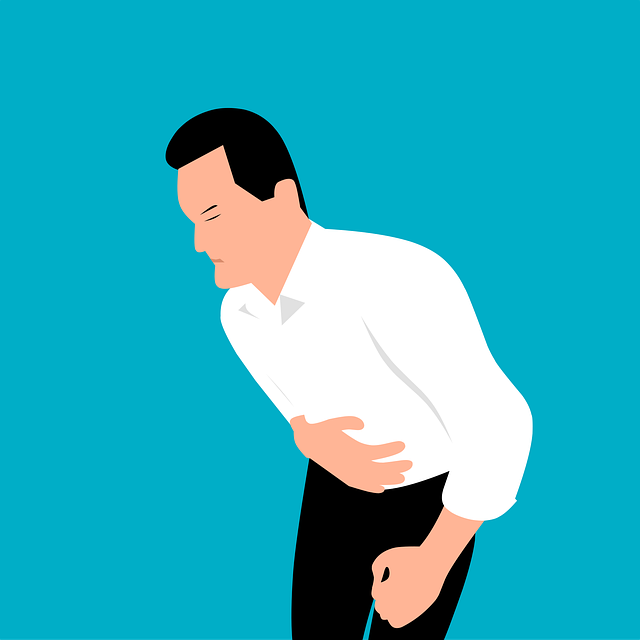An inguinal hernia is a common medical condition that occurs when soft tissue, typically a part of the intestine, protrudes through a weak spot or tear in the abdominal wall muscles. It often presents as a visible bulge in the groin area and can cause discomfort or pain. In this article, we will delve into the causes, symptoms, diagnosis, and treatment of inguinal hernias.
Causes of Inguinal Hernia
Inguinal hernias can develop for various reasons, but the primary causes include:
- Weakness in the Abdominal Wall: Weakness in the muscles of the abdominal wall, particularly in the inguinal canal (a passage in the lower abdomen), is a significant factor. This weakness can be congenital (present from birth) or acquired due to factors like aging, obesity, or chronic straining during activities like heavy lifting or constipation.
- Genetic Predisposition: Some individuals may have a genetic predisposition to inguinal hernias, making them more susceptible.
- Chronic Coughing or Sneezing: Conditions that lead to chronic coughing or sneezing, such as chronic obstructive pulmonary disease (COPD) or allergies, can increase the risk of hernias.
- Pregnancy: The increased pressure on the abdominal wall during pregnancy can lead to inguinal hernias in some women.
- Previous Abdominal Surgery: Scar tissue from prior abdominal surgeries can weaken the abdominal wall and predispose individuals to hernias.
Symptoms of Inguinal Hernia
The symptoms of an inguinal hernia can vary depending on its size and whether it is reducible (can be pushed back into the abdomen) or incarcerated (trapped outside the abdominal wall). Common symptoms include:
- Visible Bulge: The most characteristic sign is a bulge or swelling in the groin area, which may become more prominent when standing, coughing, or straining.
- Pain or Discomfort: Some people may experience mild to severe discomfort or aching in the groin, especially during physical activity or lifting.
- Heaviness or Pressure: A feeling of pressure or heaviness in the groin area.
- Burning or aching sensation: Discomfort may radiate from the groin into the lower abdomen or scrotum in men.
- Swelling and Redness: In cases of incarceration or strangulation (where the hernia becomes trapped), there may be swelling, redness, and severe pain in the affected area, which requires immediate medical attention.
Diagnosis of Inguinal Hernia
Inguinal hernias are typically diagnosed through a combination of medical history, physical examination, and imaging:
- Medical History: A healthcare provider will ask about your symptoms, medical history, and any risk factors for hernias.
- Physical Examination: During a physical examination, the provider will inspect and palpate the groin area to assess for the presence of a hernia and determine its size and reducibility.
- Ultrasound or Imaging: In some cases, an ultrasound or imaging studies like a CT scan may be performed to confirm the diagnosis and evaluate the hernia's characteristics.
Treatment of Inguinal Hernia
The treatment of an inguinal hernia typically involves surgical intervention. Options include:
- Open Hernia Repair (Herniorrhaphy): In this traditional approach, a surgeon makes an incision near the hernia site, pushes the protruding tissue back into the abdomen, and reinforces the weakened abdominal wall with stitches or a mesh patch.
- Laparoscopic Hernia Repair (Laparoscopic Hernioplasty): A minimally invasive approach that involves making small incisions and using specialized instruments to repair the hernia with the help of a mesh.
The choice of surgical approach depends on various factors, including the patient's overall health, the size and location of the hernia, and the surgeon's expertise.
Conclusion
Inguinal hernias are common conditions that can cause discomfort, pain, and visible bulges in the groin area. Early diagnosis and appropriate treatment, typically through surgical repair, are essential to prevent complications like incarceration or strangulation. If you suspect you have an inguinal hernia or are experiencing symptoms, it is crucial to consult a healthcare provider for a proper evaluation and treatment plan tailored to your individual needs.
